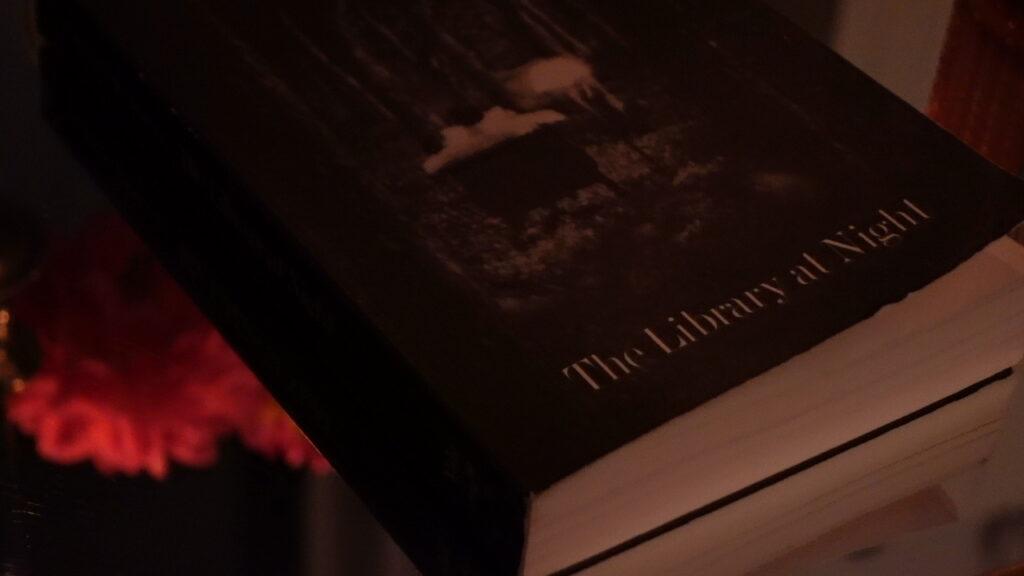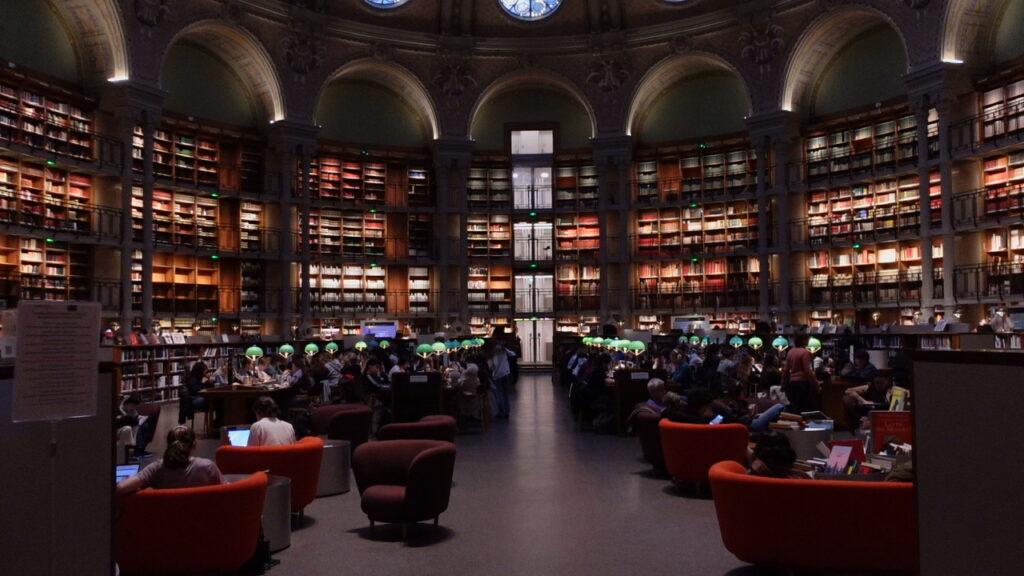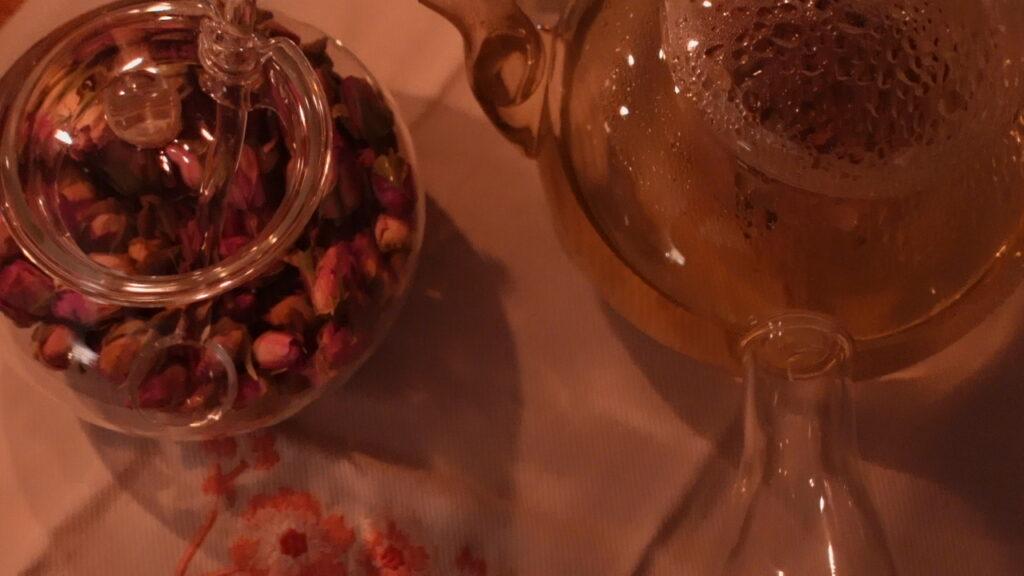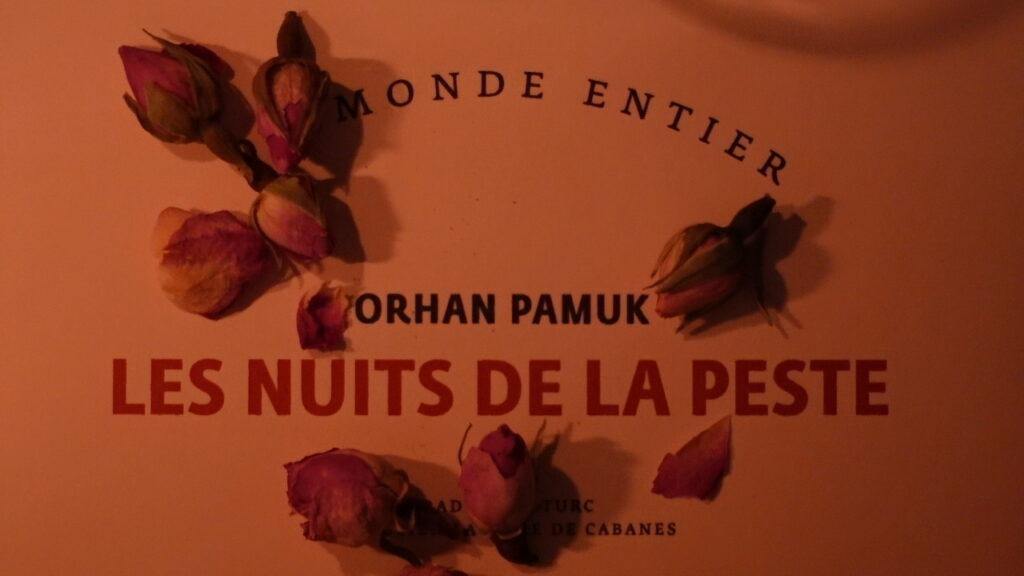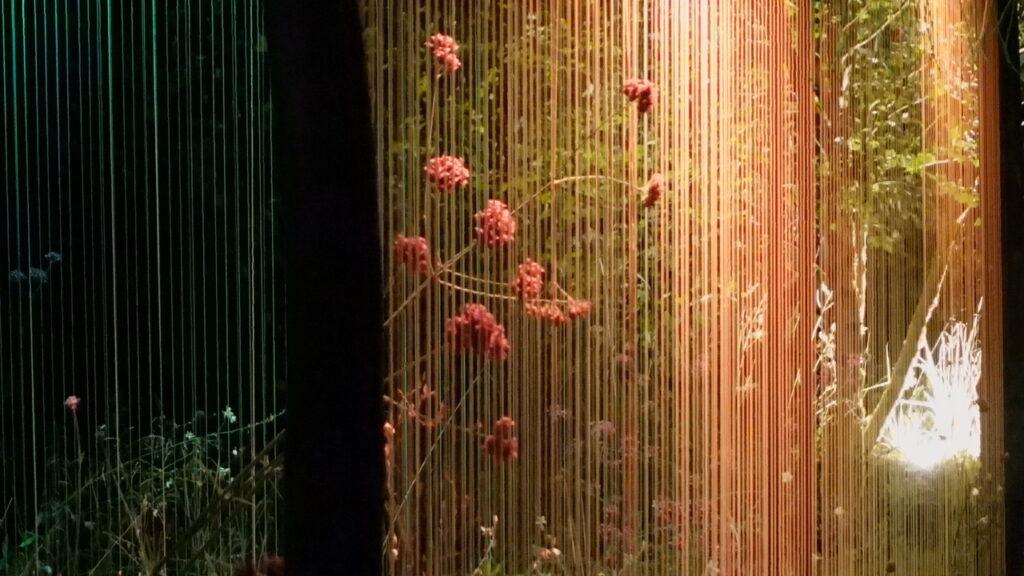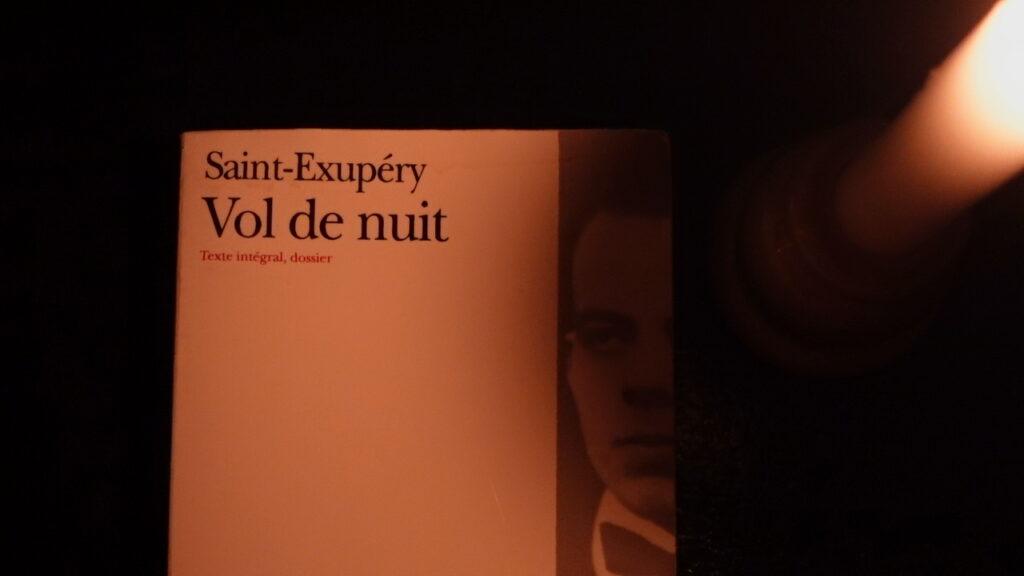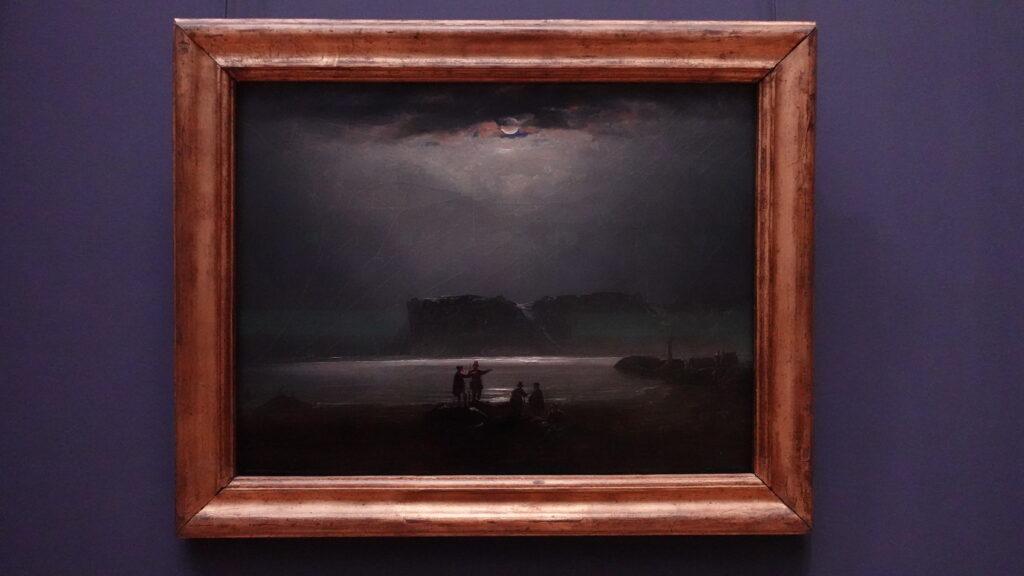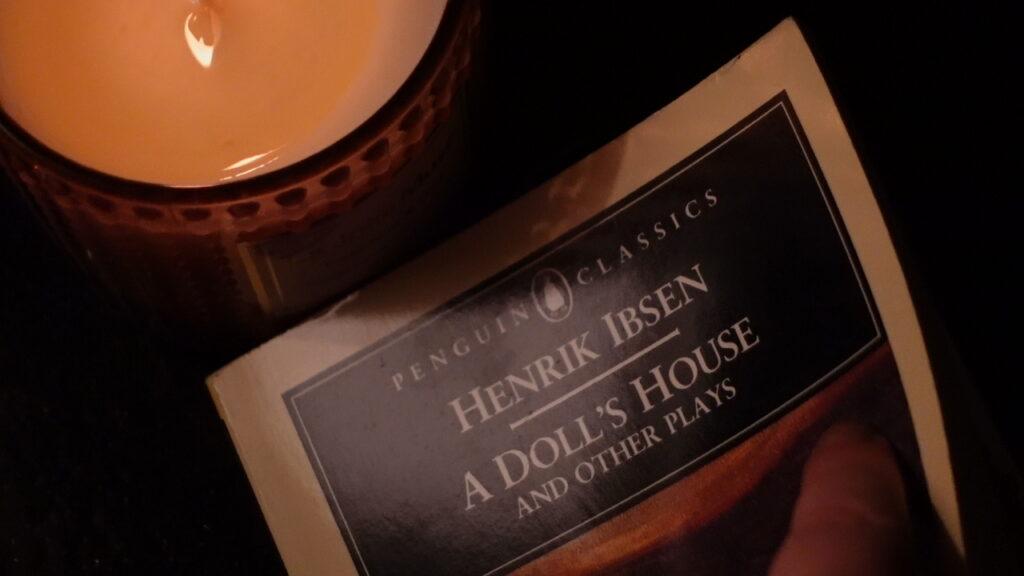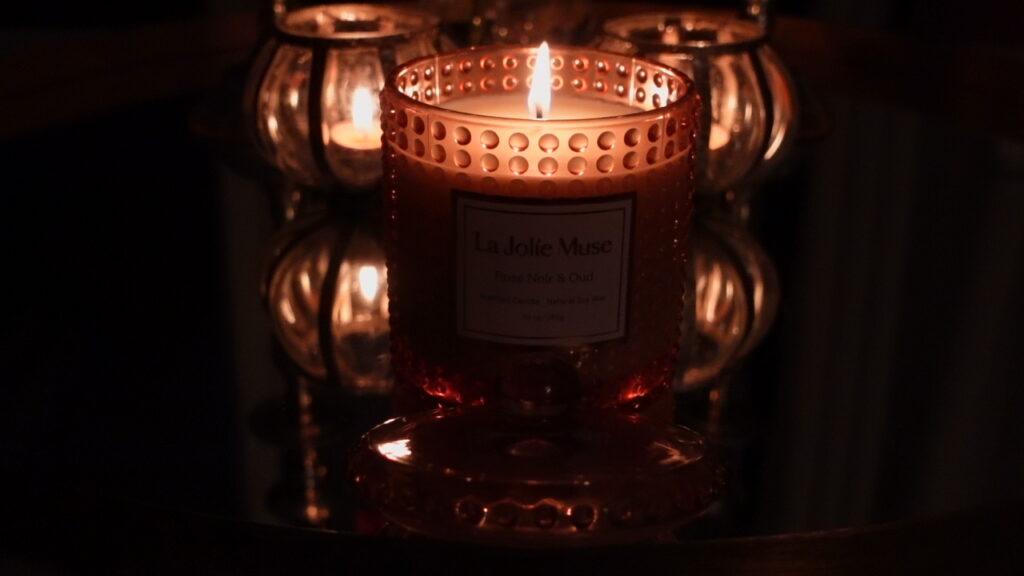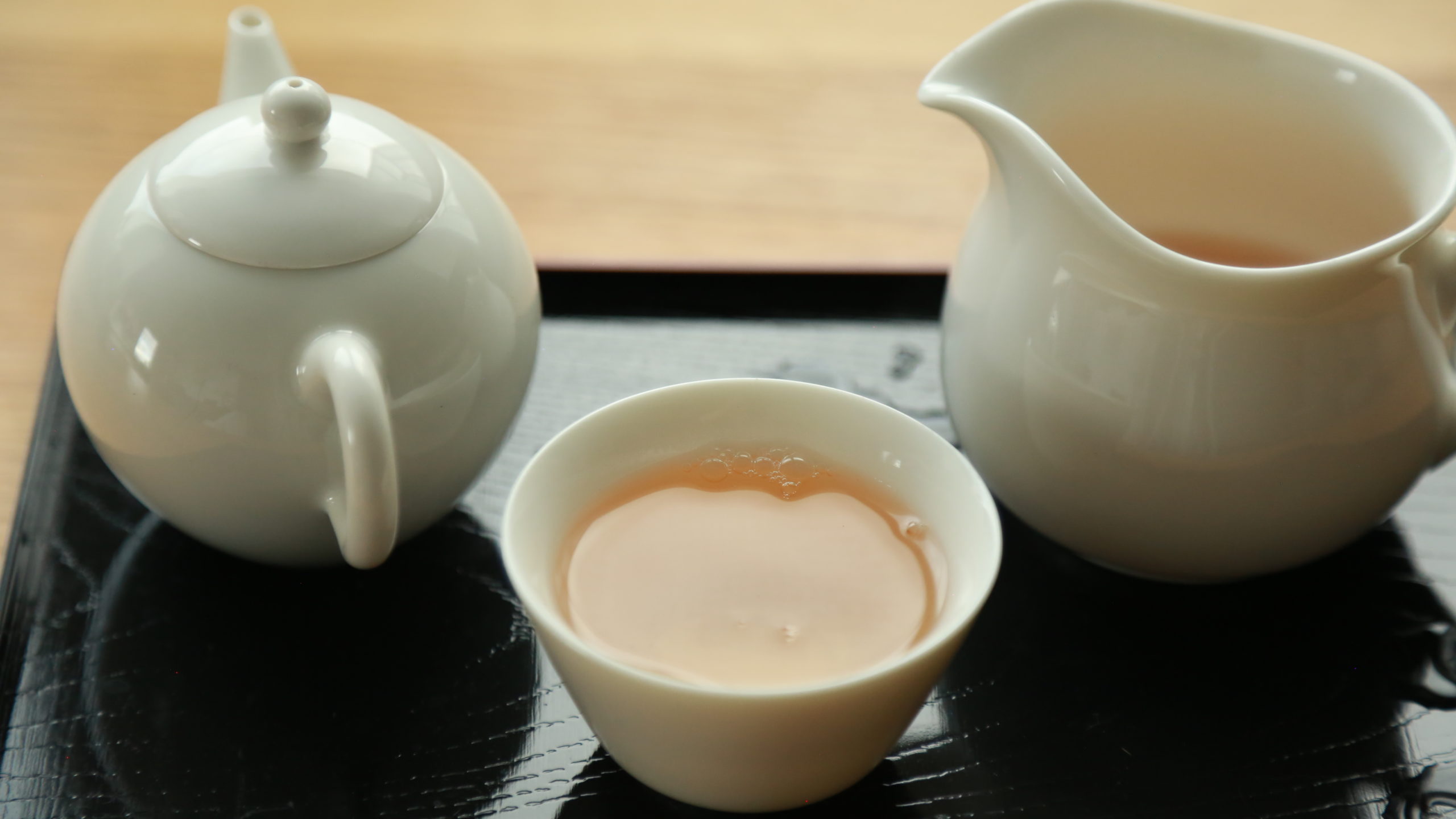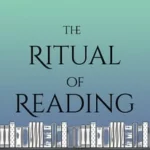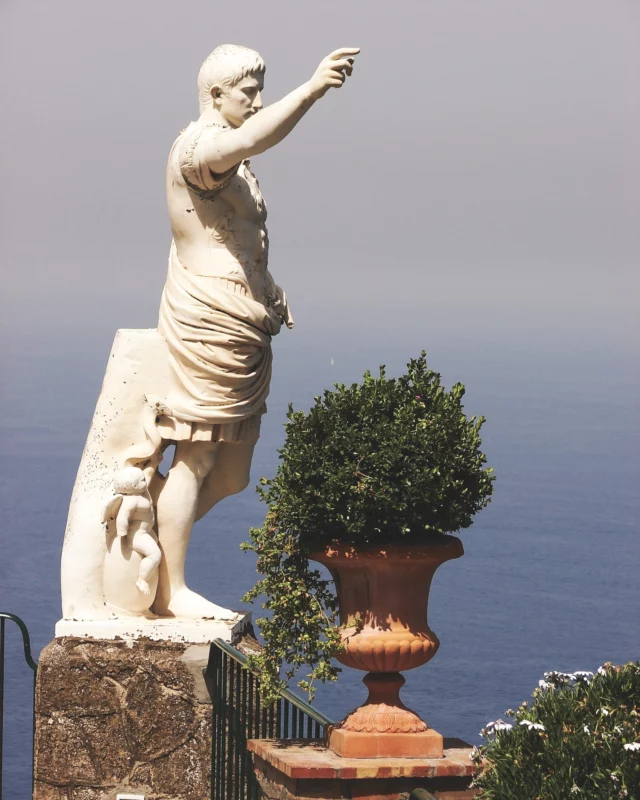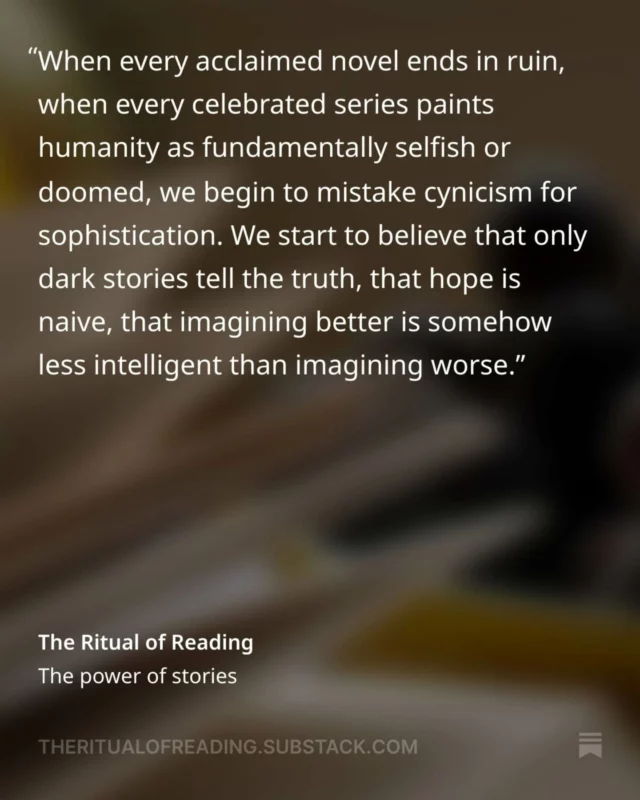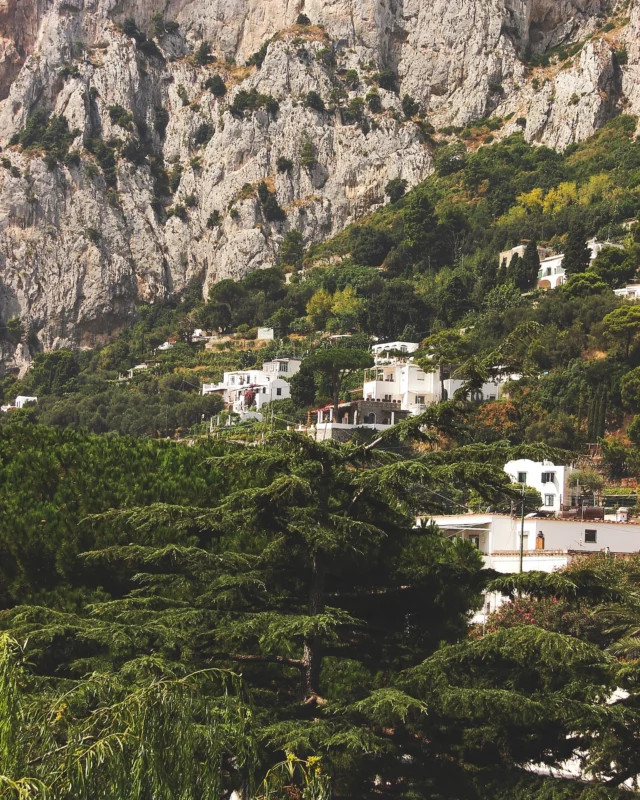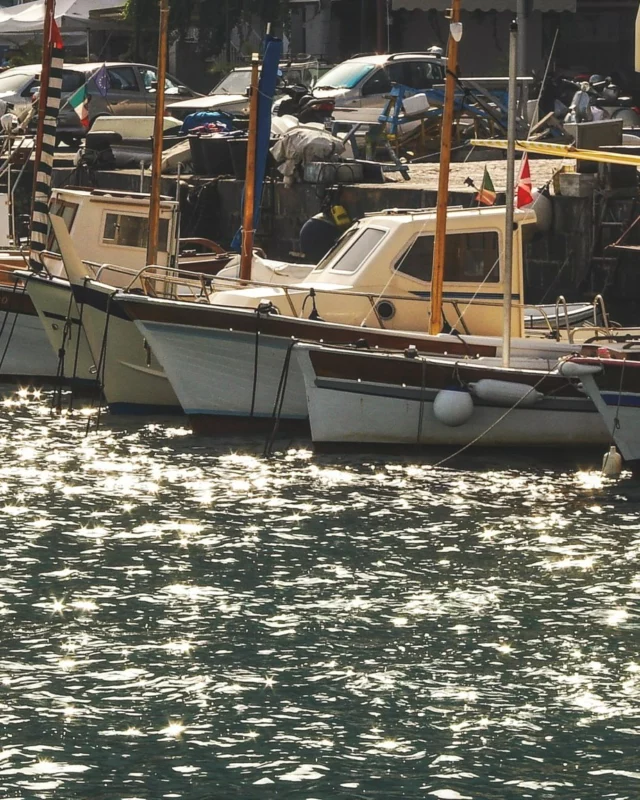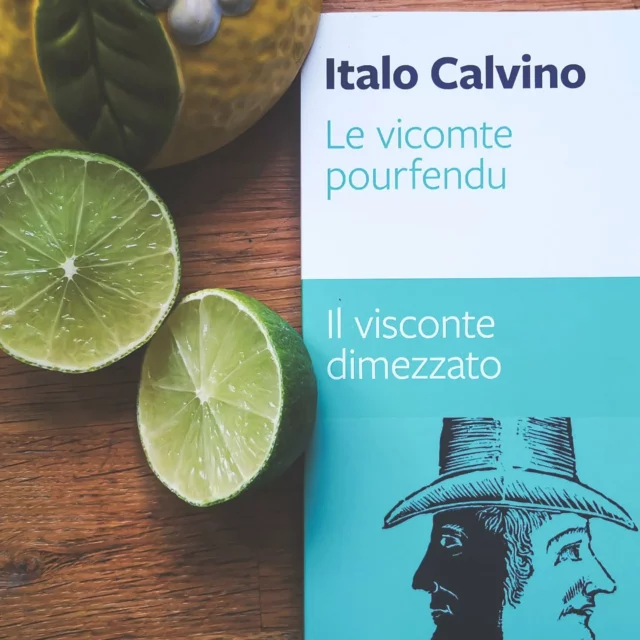Hello friends, and welcome to my celebration of autumn evenings and nocturnal rituals. How many times have you heard a fellow reader state with unwavering conviction : Autumn is my favourite season ? Of course, it’s all about the sweet spot between sweater weather, warm cups of aromatic tea, fluffy blankets and soft candle light, but mostly, for me it is the return of the early evenings. I find comfort in the idea of reading in the darkest hours, yet I am more and more disciplined when it comes to my sleep. You could say I am a recovering night owl, so having darkness earlier in the day is my idea of bliss. Artists everywhere have found inspiration in the mystery of the night, some working into the late hours, others creating pieces or genres inspired by it. Today, I’m honouring their work by sharing with you a very personal selection for easing into the season of the night.
Let’s set the mood just right and ease into our cozy evening by lighting some candles (with proper care, of course). While I have found no scientific studies directly related to the relaxing effects of candle light, it’s safe to say that knowing how artificial light affects our nervous system, disrupting our circadian rhythm and being altogether over stimulating for our bodies, candle light can automatically be considered the relaxing flicker of our self-care evenings. The taper candles are my best choice for real lighting power, but I almost always combine them with either little tea lights or the luxurious scented candle, to add the fragrance element to my relaxation.
We’re now ready to step into the library, and Alberto Manguel’s essay, The Library at Night, is my perfect companion. Inspired by the creation of his own library in an old fifteenth-century French manor, Manguel put together a personal yet vast history of the libraries of the world, combined with a profile of the book collector through the ages. Each chapter opens a world of information and of fascination, in such a complex way that I felt both at home and a little overwhelmed while reading it. This is the kind of book that makes you want to go back to basics, recap your classics, reconquer your certainties in order to better venture into the unknown. And right when you thought your modern reader mind was fundamentally different from the wonderfully balanced Renaissance man, or the audacious Enlightenment spirit, Alberto Manguel sublimates our common heritage in the most wonderful words :
Knowledge lies not in the accumulation of texts or information, nor in the object of the book itself, but in the experience rescued from the page and transformed again into experience, in the words reflected both in the outside world and in the reader’s own being.
― Alberto Manguel, The Library at Night
His words are the motto of my reader universe I like to call The Ritual of Reading. And in true tradition, a Parisian evening visit appeared as the only obvious way I could honour Alberto Manguel’s research, and that was stepping into one of the temples he mentions : the National Library of France in its historical quarters. The history of the Bibliothèque Nationale de France, or BNF, is a never ending series of kings that inherited and enriched what was called la Bibliothèque du Roi, the King’s Library, who started off in the Louvre, moved into different castles around the country, and was finally established here, in the Richelieu site in 1721. More than a century later, the library was further expanded with the construction of the Oval Room, renovated in 2022 and today opened to all, free of charge and with no age limit. The digital tools provided by the library are rapidly evolving, yet I think the historical value of this space greatly surpasses technology. Under the impressive vault of light, the cases of books stand in line with the elegant decor, as a reminder that knowledge is our greatest privilege, preserving it, our duty, and enriching it, our supreme goal.
Let’s head back home, and warm up with the perfect cup of tea for my next choice of book. I’ve recently been gifted a sachet of a precious and delicate nature, brought directly from the land of its origins and carrying with it the power to transform me into an Ottoman princess : Turkish rose bud herbal tea. Naturally air-dried to preserve their delicate colour, these are the pride and delight of the Turkish region of Isparta. Known for its relaxing properties, this is my perfect companion as I head into the fascinating world of Turkish Nobel Prize Laureate for Literature, Orhan Pamuk.
Nights of Plague is a historical novel set in the fictional island of Mingheria, somewhere in the eastern Mediterranean between Crete and Cyprus. This imaginary island, populated by Christians and Muslims alike, sees the arrival of a plague epidemic in the early days of the 20th century, and amongst the precipitous sanitary measures, witnesses the murder of the doctor sent by the Sultan to eradicate the epidemic. The mysterious murder gives an air of detective story to a bookl that can otherwise be described as an intricate historical novel with an impressive array of psychological profiles. Written during the pandemic,this is a story that appeals to everyone who has known the Covid crisis, and read a few years later, gives great perspective to the events we have witnessed. Between the incompetence of the authorities, the lack of discipline of the population, and the underground interests of some communities, Pamuk paints a timeless fresco of our society. The nights are heavy with the destinies of so many characters I find endearing, the silence of the empty streets as their only spectator. As always, there is poetry in the hardships of Pamuk’s novels, that are to be savoured in the pace they impose, slowly revealing his master plan, through layers of incense smoke and rose petals.
Nights of Plague left me in quite a contemplative state, much like this late August when I visited the International Festival of Gardens in Chaumont sur Loire, for a nocturnal experience. Founded in 1992, the Festival is a laboratory of contemporary creation in landscaping and gardening, but it is only recently that the Domain of Chaumont sur Loire started to program nocturnal visits. Adding light design to an already complete creation is a unique experience, and one that can be truly felt only in the darkness. Nature sounds more mystical in the night, our senses are heightened by surroundings that have become unfamiliar, and suddenly, we discover not only the gardens, but also a part of ourselves that we had lost contact with. We befriend the night and with it, we see the beauty in the unknown. A truly transformative experience.
In searching for books related to my theme, I somehow imagined I would be drawn to authors from farther away, that would cultivate a certain mystery I had associated with the night. Never would I have imagined to find exactly the poetry I was looking for, right home, in the pages of Antoine de Saint-Exupéry’s Vol de nuit / Night Flight. The second novel of French writer and aviator Antoine de Saint-Exupéry, known mainly for his philosophical novella The Little Prince, Night Flight is based on his experience as a pilot and director of an Argentinian airmail company. The novel describes the disappearance of a night courrier caught in a cyclone on the Patagonian route, the attempts of the station chief to locate him, and the strategic importance both pilot and chief attach to their endeavor. It is a novel about duty and sacrifice. Still, as it usually happens when you start your journey looking for something very specific, I found more peace and serenity in the story than I would have thought. The solitude of the cockpit in the night is one of my favourite descriptions in literature, profound and meaningful, as only the creator of a Little Prince knew how to be.
The villages were lighting up, constellations that greeted each other across the dusk. And, at the touch of his finger, his flying-lights flashed back a greeting to them. The earth grew spangled with light signals as each house lit its star, searching the vastness of the night as a lighthouse sweeps the sea. Now every place that sheltered human life was sparkling. And it rejoiced him to enter into this one night with a measured slowness, as into an anchorage.
― Antoine de Saint-Exupéry, Night Flight
The feeling of levitating in the night sky, as in a meditative visualization, can only have one soundtrack for me : Frédéric Chopin’s Nocturnes. My great attachment to Chopin’s music is no secret, and thanks to this passionate attention to his works, I started investigating the Nocturne phenomenon more broadly. It is said that this type of composition was invented by Irish composer John Field, in the early 19th century, and from then on, we can find pieces composed regularly and across the continents, to this day. Seen as predominantly sentimental and lyrical, the nocturnes can have a nostalgic air that perfectly accompanies not only the season, but also quiet moments like reading and meditating. A musical composition evocative of the night… how marvelous to see creativity embrace nature in such perfectly abstract forms, that appeal to our sensibility instead of our brain. So before the caroling season begins, I invite you to create a musical ritual for your Autumn evenings and dive into the harmonious universe of the Nocturne. I’ve put together a playlist here on YouTube, if you wish to listen to my favourites (link below).
But music isn’t the only artistic form which takes inspiration from the night. The depiction of night in paintings has been a theme throughout all of the Western art history. From religious or history paintings, to genre scenes, portraits or landscapes, the night has inspired and stimulated painters, sculptors and photographers alike. This is my opportunity to show you my favourite painting in the Louvre, and you know this is not an easy choice, but I’ve felt this way for many years now, so I can safely say it’s not a fling !
May I present Peder Balke’s View from the North Cape.
Known for the romantic portrayal of Norwegian landscape, Peder Balke grew up in a Norwegian farm, was financially supported by local farmers in order to study painting, and made a name for himself by constantly depicting his home land and the Northern Seas. In 1847, he sold 30 of his paintings representing the North Cape to the King of France, Louis-Philippe, who had visited the region in his youth, during his exile caused by the French Revolution, and you can find them today in the Louvre collection.
Why this one and not another as my favourite ? It’s subjective, of course, and absolutely impossible to show on camera the epidermic reaction I have every time I see the tones of grey in Balke’s paintings. His night is darkness that glows, his lighting is precise yet lyrical, this doesn’t just say : here are a few characters on a beach at night, in front of a great rock. This whispers the song of mermaids who saw the moon from the bottom of the sea. And if you want a less imaginary explanation of why I love this so much : it’s because whenever I’m in front of it, I can breathe better. In his tones of gray I can literally find my breath of fresh, Norwegian air.
Which is exactly what I find in Henrik Ibsen’s plays, however peculiar this may sound. I’ve spoken here before about The Doll House during my Scandinavian Advent Calendar, and after the feminine awakening of Nora in that play, I now turn to a different female character, who experiences yet another pivotal moment in life, in his later writing The Lady from the Sea. It’s strange how peaceful I find Ibsen’s plays, when in fact, he is famous not only for his realism, but for presenting what were considered as shocking subjects at the time. I think in both these plays, the subtle feminist whiff of two destinies that come to life when they decide to live their lives fully, is very satisfying to read. But this one in particular, The Lady from the Sea, is my perfect match for Balke’s painting. Ellida Wangel, the daughter of a lighthouse-keeper, brought up right where the fjord meets the sea, has an instinctual connection with the wide open waters. Life at the end of the fjord, as the wife of a doctor and step-mother of two young-ladies is not what she sees every night in her dreams. The open sea calls for her, and from it, her past and her future will arise. This is one of my most cherished Northern writings, an instant escape to the charming Norwegian coast, with its nature and its legends to guide me through the night.
Here we are, at the end of our journey into the night. My attachment to the darkest hours of the day is entirely driven by comfort and the pleasure of stillness, and I hope to have inspired you to embrace the season of the longer evenings so that you may fully enjoy your own company in doing so. A book, a cup of tea, a candle and a warm blanket is all we really need for bliss.
Until next time, enjoy your reading nights and rekindle your inner light.

